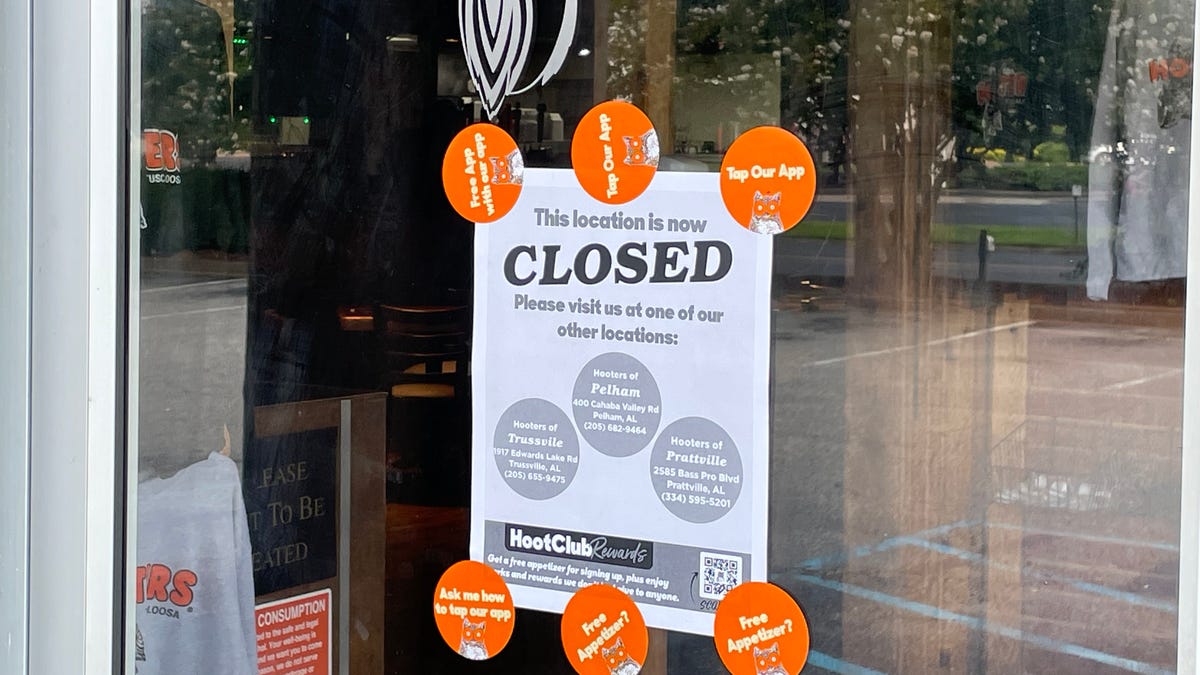
How are tariffs and your 401(k) retirement savings intertwined?
Experts say a rise in tariffs can lead to several factors that impact your retirement savings.
At least $1.7 trillion languishes in lost or forgotten 401(k) accounts, with an average unclaimed balance of $56,616.
Those 29 million idle accounts represent one quarter of all assets held in 401(k) retirement plans.
And those figures come from a 2023 report from Capitalize, a financial services firm. The numbers could be higher now.
“That’s a heck of a lot of money,” said James Royal, an investing analyst at Bankrate. “You could really have tens of thousands of dollars out there.”
It’s hard to fathom how anyone could lose track of $56,000, until you stop to consider the circumstances behind the typical lost 401(k) account.
“People who are leaving a job, and especially if they’re moving to another one, usually have a bunch of things going on,” said David John, a senior strategic policy adviser at the AARP Public Policy Institute.
The average American born between 1957 and 1964 has changed jobs about a dozen times, AARP reports. A record 47 million Americans quit their jobs in 2021 alone, amid the Great Resignation.
A worker who leaves a job after a year or two might have only a few thousand dollars saved in a retirement account. In the stress of a job change, it’s easy to lose track of those funds. Workers might struggle with how to “roll over” the savings into a new account. The balance might not seem to justify the effort.
Wait a decade or two, however, and the balance in a forgotten account can balloon into a tidy sum. The reason: Most 401(k) funds tend to be invested in stocks, and the market has made enormous gains in recent decades.
“Even 10 or 15 years ago, if you put in $5-, $6-, $7,000, that could be worth three, four or five times as much today,” Royal said.
Tracking down lost 401(k) accounts has never been easier, according to Royal and other retirement-plan experts. A curious consumer with an hour to spare can go a long way toward rooting out lost savings.
Here are some tips, starting with the easy stuff.
Finding a lost 401(k): The low-hanging fruit
First, visit the National Registry of Unclaimed Retirement Benefits. As the name suggests, it’s a national database of unclaimed retirement accounts. Enter your Social Security Number, run a quick search and see if any idle accounts come back.
Next, proceed to the Retirement Savings Lost and Found Database. This is a new site, launched by the Department of Labor to help workers locate unclaimed benefits.
The lost and found site is “still trying to reach scale with a lot of providers” and not yet comprehensive, said Rita Assaf, vice president of retirement savings at Fidelity. But it’s another convenient, one-stop destination for finding retirement funds in your name.
Third, visit Missing Money, a clearinghouse of unclaimed property held by U.S. states and Canadian provinces. Another one-stop site, Missing Money can direct users to all sorts of unclaimed property, including retirement accounts.
“It’s been around for a few years, but it’s not as widely known as it should be,” said John of AARP.
Finding a lost 401(k): Some effort required
The steps above should provide a good sense of potential unclaimed retirement funds in your name. The next moves might take a bit more time.
Search your employment records. Look for old retirement plan statements, in electronic or paper form. Alternately, seek out old pay stubs and W-2 forms, and look for contributions to retirement plans.
Contact old employers, if you can find them. Start with the human resources department. Someone there might know if you participated in a 401(k) or, at a minimum, which company administered the plan.
If you think you know which plan administrator held your account, contact that company directly.
“There are not that many 401(k) plan administrators out there,” said Kate Ashford, a retirement expert at NerdWallet. “You could take an afternoon and call them all.”
Ask to speak to the 401(k) department. A representative will typically ask for your Social Security Number and other identifying information, which can help the administrator find any old retirement accounts under your name.
If a lost retirement plan is “from many years ago,” Assaf said, “that plan may not still be available at Fidelity. It could be somewhere else.”
For retirement accounts with a balance under $1,000, a plan administrator may have liquidated the account and cut a check, which might have gone “to your last-known address,” Ashford said. For balances in the low thousands, the administrator may have rolled the account into an IRA at another financial institution.
Finding a lost 401(k): Other resources
Several other sites can help consumers search for clues about abandoned retirement accounts.
The Department of Labor’s abandoned plan database can help an ex-worker locate a terminated plan.
The same agency allows users to search a database of Form 5500, which is filed annually for 401(k) plans and can help users identify and contact both former employers and plan administrators. But records only go back to 2010.
Don’t want to search for lost 401(k) funds yourself? At least two private companies, Capitalize and Beagle, operate concierge services that can do it for you.
Can I have that 401(k) to go?
Fewer 401(k)s will go missing in future, experts say, thanks to the evolving concept of “auto-portability” in retirement plans.
A new initiative in the retirement-savings industry encourages workers to roll over a 401(k) account into an IRA when they leave a job, whereupon the money can automatically transfer to a retirement plan at a new employer.
The auto-portability program applies to accounts valued at $7,000 or less. Research shows low-value accounts are more likely to be cashed out or forgotten, potentially losing thousands of dollars of compounded interest over time.
In 2022, a consortium of private retirement-plan providers announced a collaboration to boost the portability of small retirement accounts.
When someone leaves a job, the network of providers will make sure that any retirement funds “move seamlessly from one job to another,” said John of AARP.










